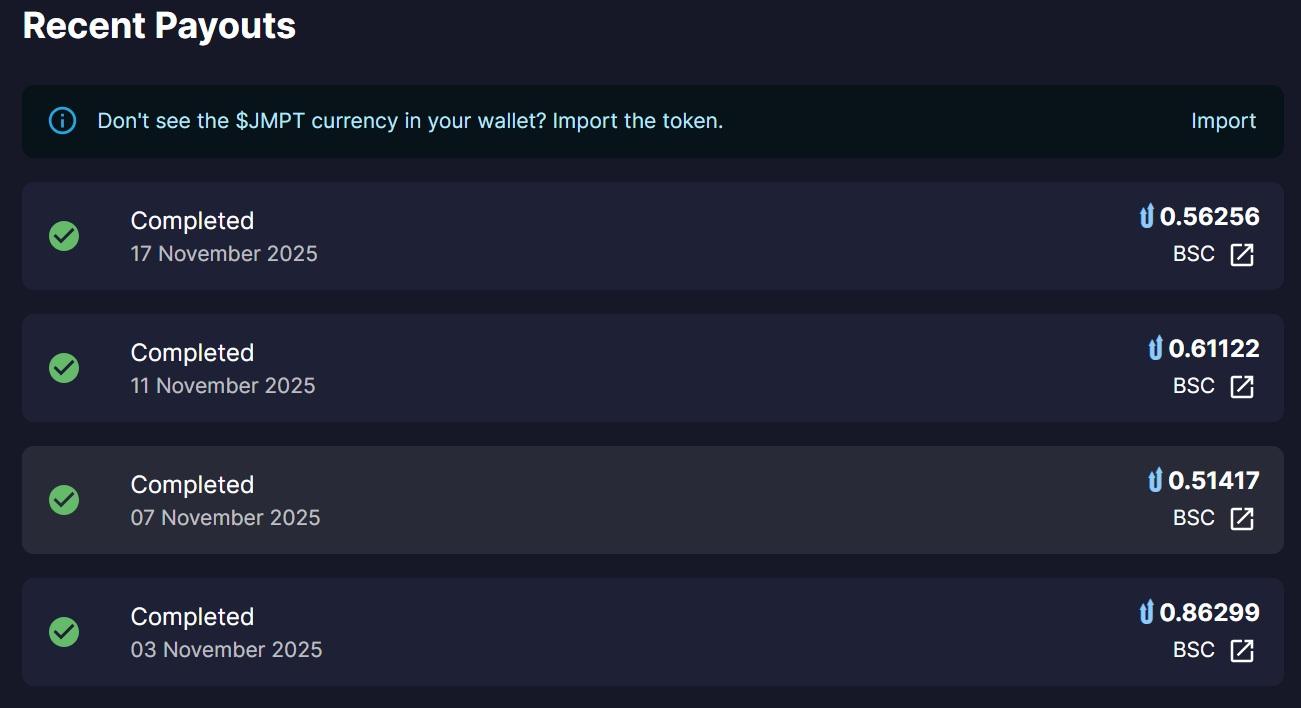How To Do A Threat Assessment Of Your Neighborhood
Most preppers focus on food, water, and gear. But the truth is, your biggest advantage or your biggest danger will come from the people who live within a few streets of you. So here’s how you do a simple threat assessment of your neighborhood before any crisis happens.
Start by making a basic map of your block. Nothing fancy. Just house numbers and the layout of the streets. This gives you a clear picture of your surroundings if things ever go bad and the power or internet goes down.
Next, find out who actually lives in each home. You can look up property owners through public records. If it’s a long-term owner, that usually means stability. If it’s a rental, people may come and go. From there, look at basic public information. What do they do for work. Do they have skills that matter in a crisis like medical training, electrical work, or mechanical skills.
Now pay attention to the household itself. Is it a big family, older adults, or a bunch of roommates. Larger or chaotic homes can become unpredictable during an emergency. Homes with kids usually try to stay calm and safe. A home with elderly residents might need help. Understanding these dynamics helps you figure out potential strengths and weak points around you.
Then watch behavior. This tells you more than anything. If a house constantly has police visits, fights, or loud parties, that’s a red flag. If a home has frequent medical calls, that could mean health issues that leave the house empty or vulnerable later. If someone relies on takeout every night and rarely cooks, they probably don’t store much food, and they may hit desperation early in a long emergency.
Look for helpful skill sets too. Police officers, nurses, military members, or people who clearly work in emergency services can become valuable in a crisis. They might also be gone if they get called in to work, so keep that in mind.
Lifestyle risks matter as well. People struggling with addiction, unstable behavior, or constant arguments at home can become unpredictable fast when stress hits. You’re not judging them morally. You’re assessing risk realistically.
Also keep track of transient activity. Cars with people sleeping inside, RVs parked for long periods, or homeless camps popping up and disappearing are things you should note. These situations can escalate quickly during a disaster.
Finally, notice how people talk online in local groups. If someone constantly stirs up conflict, posts angry comments, or acts aggressive online, they usually act the same way when things get rough.
When you put all of this together, you’re not creating a giant file on your neighbors. You’re building awareness. Who around you is solid. Who might need help. Who has skills. And who might become a problem when resources disappear.
This is one of the most overlooked parts of preparedness. Your home matters. Your supplies matter. But knowing your neighborhood can be the difference between staying safe or getting blindsided when everything falls apart.
Most preppers focus on food, water, and gear. But the truth is, your biggest advantage or your biggest danger will come from the people who live within a few streets of you. So here’s how you do a simple threat assessment of your neighborhood before any crisis happens.
Start by making a basic map of your block. Nothing fancy. Just house numbers and the layout of the streets. This gives you a clear picture of your surroundings if things ever go bad and the power or internet goes down.
Next, find out who actually lives in each home. You can look up property owners through public records. If it’s a long-term owner, that usually means stability. If it’s a rental, people may come and go. From there, look at basic public information. What do they do for work. Do they have skills that matter in a crisis like medical training, electrical work, or mechanical skills.
Now pay attention to the household itself. Is it a big family, older adults, or a bunch of roommates. Larger or chaotic homes can become unpredictable during an emergency. Homes with kids usually try to stay calm and safe. A home with elderly residents might need help. Understanding these dynamics helps you figure out potential strengths and weak points around you.
Then watch behavior. This tells you more than anything. If a house constantly has police visits, fights, or loud parties, that’s a red flag. If a home has frequent medical calls, that could mean health issues that leave the house empty or vulnerable later. If someone relies on takeout every night and rarely cooks, they probably don’t store much food, and they may hit desperation early in a long emergency.
Look for helpful skill sets too. Police officers, nurses, military members, or people who clearly work in emergency services can become valuable in a crisis. They might also be gone if they get called in to work, so keep that in mind.
Lifestyle risks matter as well. People struggling with addiction, unstable behavior, or constant arguments at home can become unpredictable fast when stress hits. You’re not judging them morally. You’re assessing risk realistically.
Also keep track of transient activity. Cars with people sleeping inside, RVs parked for long periods, or homeless camps popping up and disappearing are things you should note. These situations can escalate quickly during a disaster.
Finally, notice how people talk online in local groups. If someone constantly stirs up conflict, posts angry comments, or acts aggressive online, they usually act the same way when things get rough.
When you put all of this together, you’re not creating a giant file on your neighbors. You’re building awareness. Who around you is solid. Who might need help. Who has skills. And who might become a problem when resources disappear.
This is one of the most overlooked parts of preparedness. Your home matters. Your supplies matter. But knowing your neighborhood can be the difference between staying safe or getting blindsided when everything falls apart.
How To Do A Threat Assessment Of Your Neighborhood
Most preppers focus on food, water, and gear. But the truth is, your biggest advantage or your biggest danger will come from the people who live within a few streets of you. So here’s how you do a simple threat assessment of your neighborhood before any crisis happens.
Start by making a basic map of your block. Nothing fancy. Just house numbers and the layout of the streets. This gives you a clear picture of your surroundings if things ever go bad and the power or internet goes down.
Next, find out who actually lives in each home. You can look up property owners through public records. If it’s a long-term owner, that usually means stability. If it’s a rental, people may come and go. From there, look at basic public information. What do they do for work. Do they have skills that matter in a crisis like medical training, electrical work, or mechanical skills.
Now pay attention to the household itself. Is it a big family, older adults, or a bunch of roommates. Larger or chaotic homes can become unpredictable during an emergency. Homes with kids usually try to stay calm and safe. A home with elderly residents might need help. Understanding these dynamics helps you figure out potential strengths and weak points around you.
Then watch behavior. This tells you more than anything. If a house constantly has police visits, fights, or loud parties, that’s a red flag. If a home has frequent medical calls, that could mean health issues that leave the house empty or vulnerable later. If someone relies on takeout every night and rarely cooks, they probably don’t store much food, and they may hit desperation early in a long emergency.
Look for helpful skill sets too. Police officers, nurses, military members, or people who clearly work in emergency services can become valuable in a crisis. They might also be gone if they get called in to work, so keep that in mind.
Lifestyle risks matter as well. People struggling with addiction, unstable behavior, or constant arguments at home can become unpredictable fast when stress hits. You’re not judging them morally. You’re assessing risk realistically.
Also keep track of transient activity. Cars with people sleeping inside, RVs parked for long periods, or homeless camps popping up and disappearing are things you should note. These situations can escalate quickly during a disaster.
Finally, notice how people talk online in local groups. If someone constantly stirs up conflict, posts angry comments, or acts aggressive online, they usually act the same way when things get rough.
When you put all of this together, you’re not creating a giant file on your neighbors. You’re building awareness. Who around you is solid. Who might need help. Who has skills. And who might become a problem when resources disappear.
This is one of the most overlooked parts of preparedness. Your home matters. Your supplies matter. But knowing your neighborhood can be the difference between staying safe or getting blindsided when everything falls apart.
0 Commentarios
0 Acciones
261 Views







